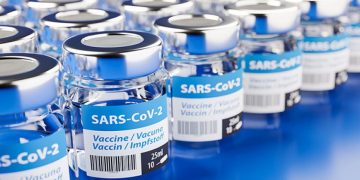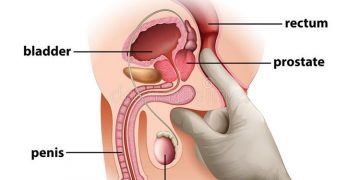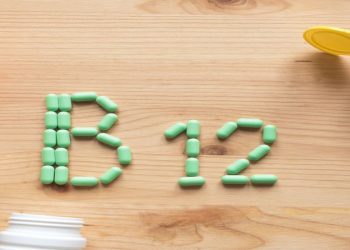Summer is not far off and COVID-19 cases are rising dramatically in San Diego County, with the omicron variations generally liable for the most recent increment.
In the event that an individual tests positive for COVID — either regardless of side effects — the U.S. Places for Disease Control and Prevention (CDC) says now is the ideal time to drop plans and remain at home. Be that as it may, the CDC’s confinement rules can confound.
How long does an individual have to hole up — is it five or 10? Do they require a negative test to take off from the house? This article makes sense of what individuals need to be familiar with confinement direction to assist with halting the spread.
I tried positive for COVID-19. How long do I have to separate? In 2021, the CDC diminished the base disconnection time from 10 days to five. In the event that you test good and have side effects, the day you begin to feel wiped out is day 0 of your disengagement time. On the off chance that you don’t have side effects yet test positive, your disengagement period begins the day you stepped through the examination.
No matter what your immunization status or how you believe, you ought to remain at home and away from others for something like five days on the off chance that you tried positive for COVID. After day 5 is where it gets somewhat more muddled:
On the off chance that you had side effects: You can end segregation following five entire days assuming you are without fever for 24 hours (without the utilization of fever-decreasing medicine) and your side effects are getting to the next level. Wear a well-fitting veil until day 10 at whatever point you are around others.
On the off chance that you didn’t have side effects: You can end confinement following five entire days from when you accepted your positive test. Wear a well-fitting cover until day 10 at whatever point you are around others.
In the event that you became extremely ill or have a debilitated safe framework: You ought to be secluded for something like 10 entire days. Counsel your primary care physician prior to finishing the separation.
Do individuals in my family have to isolation assuming that somebody tests positive?
The words “disengagement” and “quarantine” have been utilized reciprocally, yet there is a distinction. Disconnection is intended for those generally debilitated, while isolation is for individuals who’ve had close contact with somebody who has COVID-19. The CDC characterizes close contact as somebody who was under 6 feet from a tainted individual for a combined complete of 15 minutes or really during a 24-hour time frame.
The California Department of Public Health goes above and beyond, saying having the very indoor airspace at home for that equivalent term and time span is viewed as a nearby contact.
In the event that you’re exceptional on COVID-19 immunization: As lengthy as you don’t have side effects and are completely immunized, the CDC says isolating isn’t required after openness. In any case, you ought to in any case gets tried no less than five days after the nearby contact and wear a veil around others until day 10.
On the off chance that you’re not state-of-the-art on — or qualified for — COVID immunizations: Stay home and quarantine for somewhere around five days. Regardless of whether you foster side effects, you ought to get tried something like five days after openness and wear a cover until day 10.
Precautionary measures like wearing a veil, consistently cleaning surfaces, and not sharing individual things ought to be taken to keep away from different individuals from the family becoming ill. Whether immunized or unvaccinated, on the off chance that you get side effects whenever get tried right away.
Would it be a good idea for me to step through an examination prior to leaving disengagement?
No testing is expected to end disengagement. In any case, the CDC suggests utilizing an at-home fast COVID-19 antigen test as an additional safety measure.
The best chance to test is close to the furthest limit of your five-day detachment assuming you are without fever for 24 hours and some other side effects have moved along. Assuming the test is positive, keep disengaging until day 10. In the event that the test is negative, you can end disconnection yet ought to keep on wearing a cover around others at home and out in the open until you hit the 10-day mark.
Remaining at home can be baffling, particularly assuming you’re encountering awkward side effects — or encountering no side effects by any means. Notwithstanding, holing up and keeping away from close contact with others is a successful method for easing back the spread.























































